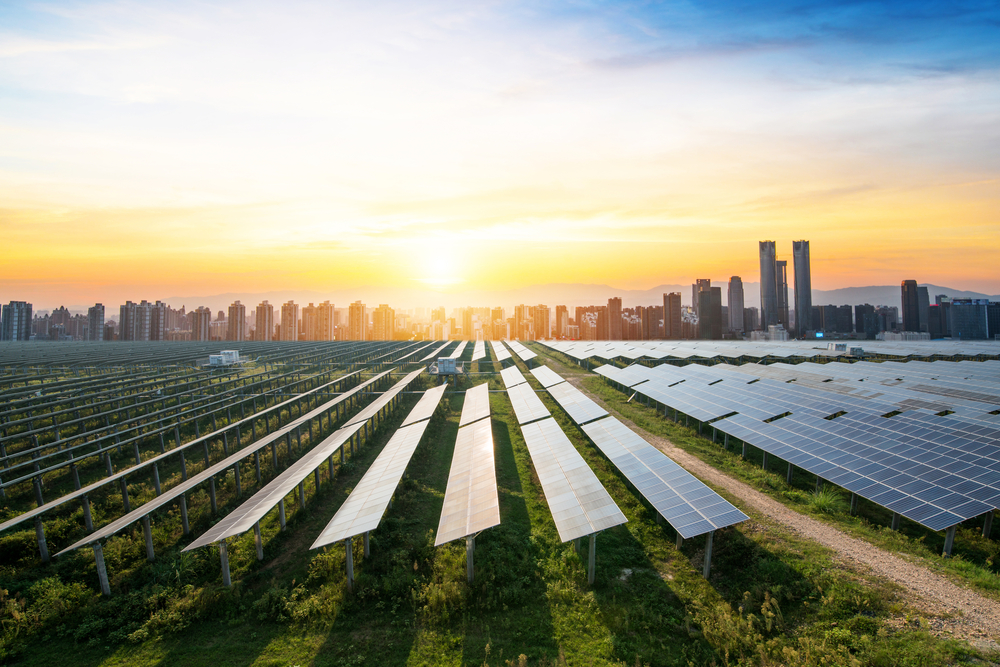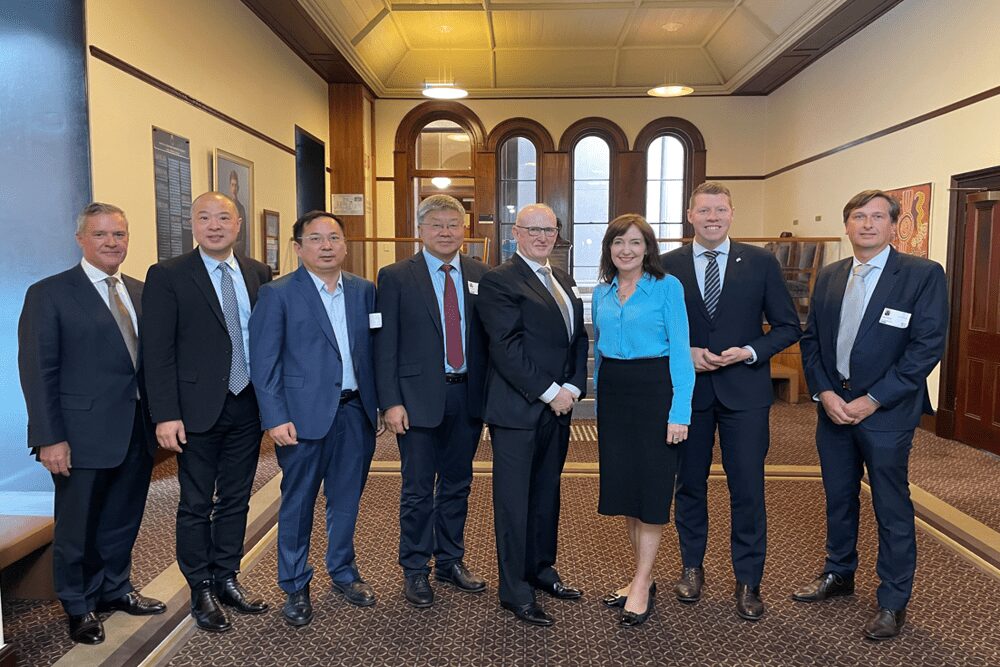
Life in Asia Pacific is electrifying. Literally. Over the past five years, the region contributed over three-quarters of global demand growth for electricity. Pre-pandemic, it was anticipated that APAC would account for 67 per cent of global power demand growth through to 2040. Such growth would require over US$1 trillion in new investment.
Wind and solar is a critical part of this growth story. While hydrocarbons continue to have a major role to play in meeting demand for electricity, renewables were set to make up 75 per cent of newly installed capacity across the region. But will the coronavirus pandemic derail this?
Alex Whitworth, head of Power & Renewables for Asia Pacific at Wood Mackenzie says cash, confidence and government are some of the contributors to the rapid increase in the renewables investment.
“Power demand growth has been phenomenal, and this has given global investors the confidence to put money into projects that provided stable returns while offering low perceived risk. Banks have also given support and preferential terms to renewable projects, including interest rates.”
Generation costs of new solar and wind plants across Asia Pacific have fallen by 54 per cent and 29 per cent, respectively, over the past five years. This took average costs for new projects below those of gas-fired power by 2018, though in most places renewables are still around 30 per cent higher than coal.
Mr Whitworth says government support for renewables has also been increasing, notably in China including subsidies and preferential dispatch policies.
However, he says: “It is worth noting that as the scale of renewable investments has increased, many governments are now reducing or cancelling these subsidies.”
In terms of how the pandemic will impact the growth, Wood Mackenzie’s current base case sees a sharp but relatively short world recession, though there’s clearly risk to the downside.
“In our base case, we now expect APAC power demand to grow by 0.3 per cent this year, resulting in the loss of 380 TWh of demand. But this is followed by strong recovery in 2021 and growth averages 3.6 per cent over the next five years, in line with our pre-pandemic outlook.”
Critically, while capital availability is impacted in 2020, renewed confidence in Asia Pacific power demand means capital markets soon re-open to the renewables sector, supported by government stimulus. Mr Whitworth notes that a broader recovery also pushes coal and gas prices higher.
“As a result, APAC’s renewables build-out recovers from 2021. The crisis results in a modest 26 GW of wind and solar projects being taken out of the pipeline through to 2024, a 5 per cent decline by this time in comparison to our pre-pandemic outlook.”
On the other hand, if the economic impact is more severe, it would materially impact power demand across APAC.
“We could see around 1,000 TWh of demand permanently lost by 2023, equivalent to about two years of growth. In response, governments would prioritise low cost coal, with renewable projects negatively impacted by higher financing costs, increasing the levelised cost of electricity.”
“In this scenario, we could see 150 GW of project cancellations or delays across Asia Pacific in the next five years. This is equivalent to pushing back the Asia Pacific renewables construction pipeline by nearly two years.”
The question is whether government intervention could prevent this.
“Government stimulus and intervention in the renewables sector are uneven across APAC. Developing economies in particular face more risks. Even before the pandemic, governments were already reducing subsidies for renewables and moving to direct competition with fossil fuels.”
Mr Whitworth notes that as wind and solar costs were expected to continue to decline then the sector was set to grow.
“In our base case, after the initial setbacks in 2020, renewables investments continue as demand recovers and cost competitiveness improves.”
“But with a prolonged recession, the ability of governments to continue to rely on stimulus or policy to support investment in the power sector evaporates and markets would see overcapacity as demand falters. Coal-fired power maintains its competitiveness as coal prices remain weak and costs for new-build renewables do not fall at the anticipated pace.”
Mr Whitworth says Wood Mackenzie is closely following a range of key indicators to determine if the world is moving towards a rapid recovery or extended recession.
“Critical among these are power demand growth; credit availability and risk premium for renewables; the economics of renewables versus coal and gas, particularly given volatility in hydrocarbon prices right now; and, of course, how government support and stimulus for renewables markets evolves.”











